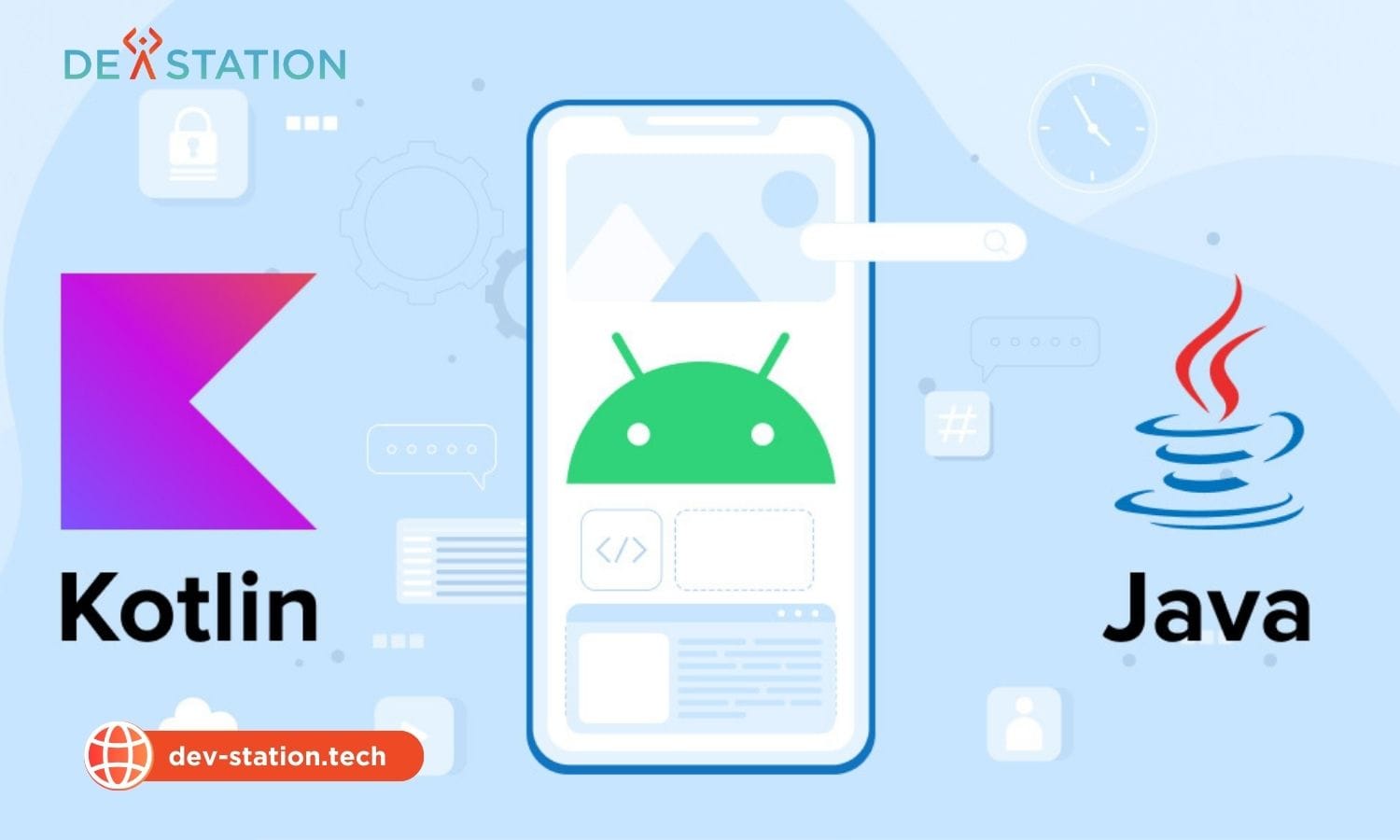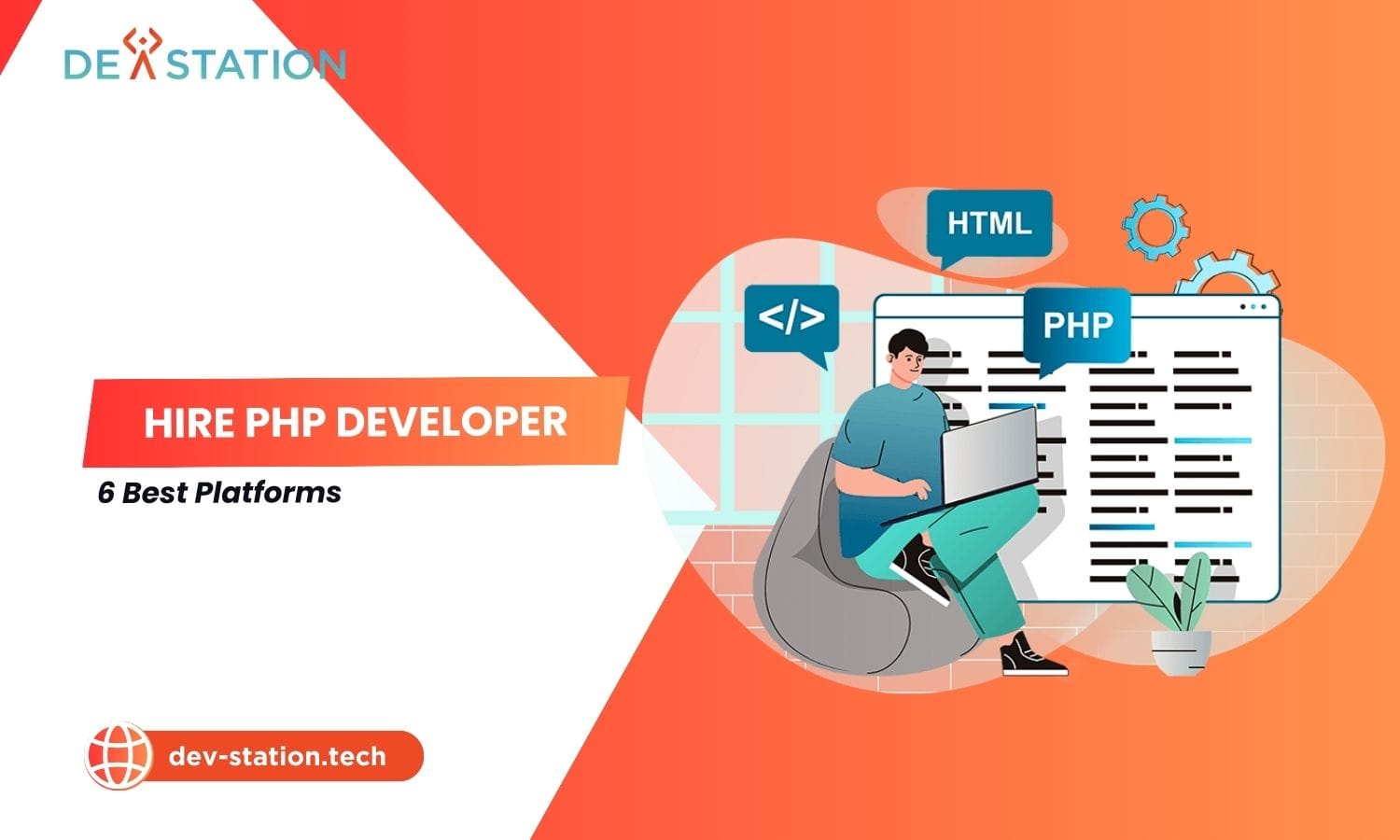Python vs Java continues to be a pivotal comparison for developers, with both programming languages offering powerful capabilities for a wide range of applications. Making the right choice between these two giants is simpler when you have a clear roadmap, and dev-station.tech is here to provide that clarity. This comprehensive analysis of the Python-Java matchup will guide you toward the optimal choice for your project goals and career aspirations. We will explore performance benchmarks, syntax differences, and ecosystem support.
Contents
ToggleWhat Are The 8 Key Differences Between Python and Java?
The eight primary differences between Python and Java are found in their syntax and readability, performance, type systems, primary use cases, learning curve, concurrency handling, salary and job opportunities, and overall development philosophy.
Choosing between Python and Java is a decision many developers face at some point in their careers. Both are consistently ranked among the most popular programming languages globally, but they serve different purposes and excel in different domains. This comparison by Dev Station Technology aims to dissect these differences, providing you with the data and insights needed to make an informed choice for your next project or career move.
How Do Python and Java Compare in Syntax and Readability?
Python is renowned for its simple, clean syntax that emphasizes readability, using whitespace for indentation. Java is more verbose and enforces a stricter, object-oriented structure with braces and semicolons, making its syntax more formal.
Python’s design philosophy emphasizes code readability with a syntax that allows developers to express concepts in fewer lines of code than would be possible in languages like Java. For example, a simple Hello World program demonstrates this contrast perfectly.
Python Example:
print('Hello, World!')Java Example:
public class HelloWorld {
public static void main(String[] args) {
System.out.println("Hello, World!");
}
}This verbosity in Java stems from its strict adherence to object-oriented programming principles, where everything must be part of a class. While this adds boilerplate code, it also enforces a clear and predictable structure, which can be beneficial in large, complex enterprise systems.
Which Language Offers Better Performance?
Java generally offers superior performance. As a compiled language, its code is translated into bytecode and optimized by the Java Virtual Machine (JVM) at runtime, resulting in faster execution speeds compared to Python, which is an interpreted language.
Performance is a critical factor, especially for large-scale enterprise systems and applications requiring high computational power. Java’s Just-In-Time (JIT) compilation allows it to optimize code during execution, making it significantly faster for CPU-bound tasks. According to The Computer Language Benchmarks Game, for many direct computational tests, optimized Java programs run multiple times faster than their Python counterparts.
However, Python’s performance is often sufficient for many applications, especially web development where the bottleneck is typically network latency or database access, not language speed. The comparison of Node.js vs Python shows that for I/O-bound tasks, both perform admirably. Furthermore, Python can leverage high-performance libraries written in C or Fortran (like NumPy and SciPy) for intensive calculations, effectively outsourcing the heavy lifting to a faster language.
What is The Difference in Typing Systems?
Java uses static typing, meaning variable types must be explicitly declared and are checked at compile time. Python uses dynamic typing, where type checking is done at runtime, offering more flexibility but catching fewer errors before execution.
Static typing in Java helps catch a wide category of errors during compilation, long before the code reaches production. This makes Java applications robust and easier to refactor safely in large teams. In contrast, Python’s dynamic typing allows for faster prototyping and more flexible code, but it can lead to runtime errors that a compiler would have caught. The debate between static and dynamic typing often comes down to a trade-off between development speed and long-term maintainability.
What Are The Primary Use Cases for Each Language?
Python excels in data science, artificial intelligence, machine learning, scripting, and web development. Java is a dominant force in enterprise-level applications, Android mobile app development, big data technologies, and large-scale backend systems.
A language’s strengths are often defined by its ecosystem. The choice between Python and other languages like the comparison of Python vs JavaScript highlights these differences. Below is a breakdown of their primary domains.
| Python | Java |
|---|---|
| Data Science & Machine Learning | Enterprise Web Applications |
| Web Development (Django, Flask) | Android Mobile Development |
| Automation & Scripting | Big Data (Hadoop, Spark) |
| Scientific & Numeric Computing | Scientific Applications |
Which Language Is Easier to Learn?
Python is widely considered easier to learn for beginners due to its simple, English-like syntax and gentle learning curve. Java requires an understanding of more complex concepts like classes, objects, and types from the very beginning.
For those new to programming, Python’s simplicity is a major advantage. You can write your first program in minutes and focus on learning programming logic rather than getting bogged down by complex syntax. Java, while more challenging initially, provides a strong foundation in core software engineering principles that are highly transferable. This can be seen when comparing it with other languages like in a Kotlin vs Java analysis, where Kotlin was designed to improve upon Java’s developer experience.
How Do Their Ecosystems and Libraries Differ?
Both languages have massive ecosystems. Python’s is centered around the Python Package Index (PyPI) and excels in data science, AI, and web development. Java’s, managed by Maven and Gradle, is dominant in the enterprise world with robust backend frameworks.
A language is only as powerful as the tools available for it. Python boasts an incredible collection of libraries for data manipulation (Pandas), numerical computation (NumPy), and machine learning (Scikit-learn, TensorFlow, PyTorch). Its web frameworks, while powerful, lead to interesting comparisons like Django vs Laravel from the PHP world.
Java’s ecosystem is built for enterprise-grade stability and scale. The Spring Framework is the de facto standard for building complex, secure, and performant backend systems. Its build tools and dependency management systems are designed for large, multi-module projects managed by extensive teams.
How Do Job Opportunities and Salaries Compare?
Both Python and Java offer excellent, high-paying job opportunities. Python is in high demand for data science and AI roles, while Java is a staple for enterprise software engineering and Android development. Salaries are competitive for both and depend more on experience and specialization.
According to the Stack Overflow Developer Survey 2023, both languages are in the top 10 for most used technologies among professional developers. The TIOBE Index, which measures language popularity, consistently ranks both Python and Java in its top 5. While salary data varies by region and role, senior developers in both languages can command high six-figure incomes. The choice should be guided by your interest area; for instance, if you’re interested in Microsoft technologies, a c# vs python comparison might be more relevant. Ultimately, expertise in either language leads to a secure and rewarding career path.
How Does Concurrency Handling Differ Between Them?
Java has robust, native support for multi-threading, making it excellent for highly concurrent, CPU-intensive applications. Python’s concurrency is limited by the Global Interpreter Lock (GIL), which allows only one thread to execute at a time, making it better suited for I/O-bound concurrency using async/await or multiprocessing.
Java’s multi-threading capabilities are a core reason for its dominance in high-performance backend systems. It allows applications to fully leverage multi-core processors for parallel processing. Python’s GIL simplifies memory management but is a known bottleneck for CPU-bound tasks. To overcome this, Python developers often use the multiprocessing module to run tasks in separate processes or the asyncio library for managing thousands of I/O-bound connections efficiently.
Which Language Should You Learn in 2025?
The right choice depends entirely on your goals. For data science, AI, and beginners, Python is the superior choice. For building large-scale enterprise systems, high-performance backends, and Android apps, Java remains the industry standard.
Who Should Choose Python?
You should choose Python if you are a beginner in programming, an aspiring data scientist or AI engineer, or someone who needs to write automation scripts and build web applications quickly.
Python’s versatility and simple syntax make it an excellent first language. Its powerful libraries for data analysis and machine learning make it the undisputed king in that domain. If your goal is to quickly build a web application MVP or automate repetitive tasks, Python’s rapid development cycle is a significant advantage.
Who Should Choose Java?
You should choose Java if you aim to work on large, enterprise-scale applications, develop native Android apps, or build high-performance, concurrent backend systems. Its stability and performance are unmatched in these areas.
Java’s reputation for being stable, secure, and scalable makes it the language of choice for large corporations and financial institutions. The demand for Java developers in the enterprise sector remains consistently high. If you want to build the backbone of large software systems or develop for the world’s most popular mobile operating system, Java provides a clear and proven path.
How Can Dev Station Technology Help You Choose?
Dev Station Technology provides expert consulting to help you select the ideal programming language and technology stack that aligns perfectly with your business objectives and project requirements, ensuring a successful development journey.
Making the right technology choice is the foundation of a successful project. Whether you are building a data-driven AI platform or a large-scale enterprise system, our team has the expertise to guide you. We help you navigate the complexities of language selection, architecture design, and development strategy to ensure your project is built for success.
To explore your options further and get tailored advice for your specific needs, Dev Station Technology encourages you to learn more on our website. For a detailed consultation, please visit us at dev-station.tech or contact our team directly via email at sale@dev-station.tech.





